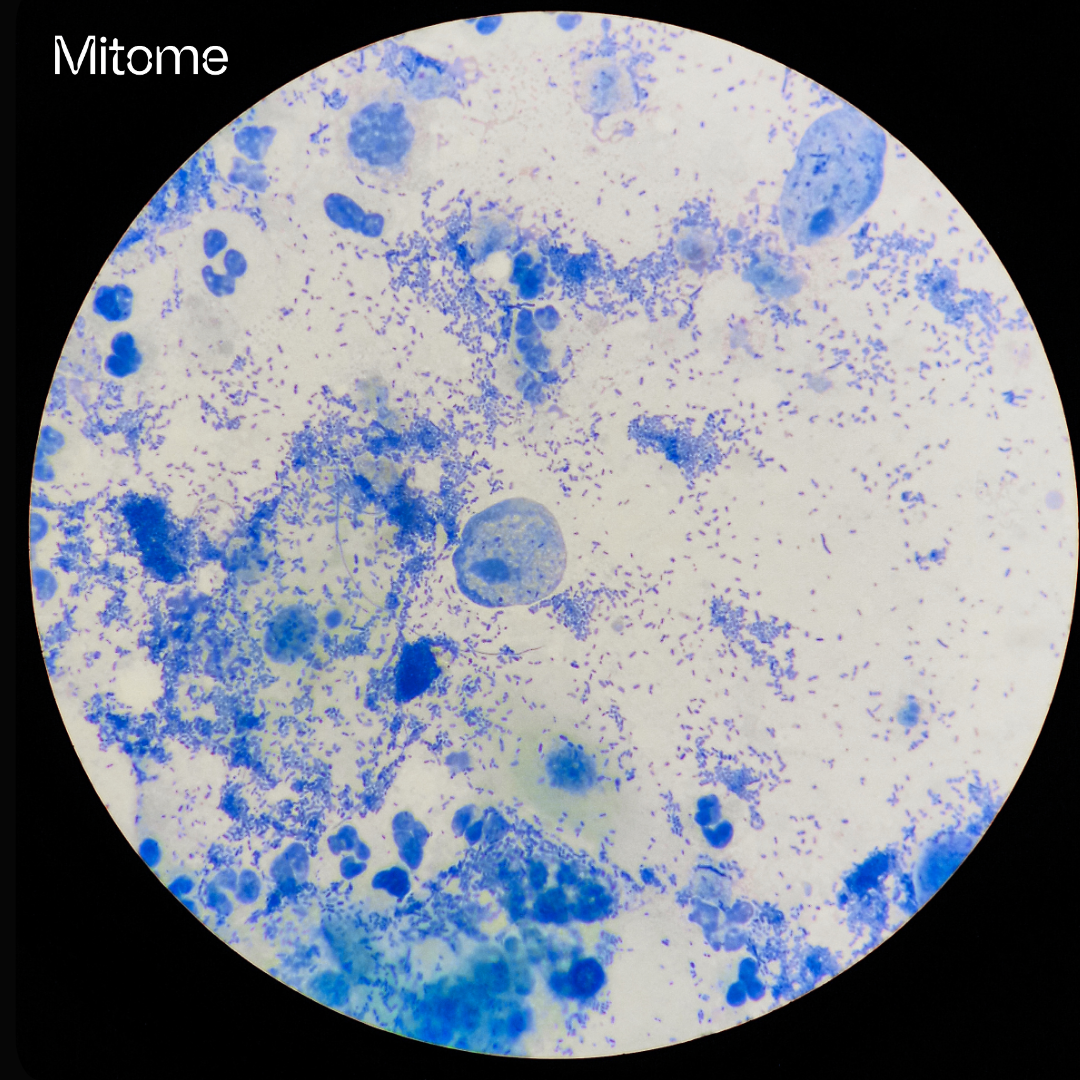
Methylene blue is an amazing chemical.
But will it "turbo charge" your energy production?
Something is wrong with this virally spreading idea: if it's turbo-charging energy production, why did Alzheimer's trials show no cognitive benefit, a dose-dependent increase in the dropout rate, and an eight-fold increase injuries from falls?
When trying to understand methylene blue, we need to embrace nuance.
Most importantly, we need to understand that for some people it is incredibly helpful; for others, it can hurt.
Let's first consider the upside:
Although it is synthetic and was first patented as a dye for clothing that wouldn't come out in the wash, it is also the first drug used in medicine, therefore has the longest track record of use compared to any other pharmaceutical, and is available in small doses over-the-counter on Amazon and used increasingly around the world as a cutting-edge biohack to boost mitochondrial function.
It now has many well established medical benefits:
- Its antimicrobial properties, historically leveraged against malaria, allow it to be used orally to prevent urinary tract infections; when combined with phototherapy, it kills many types of infections, tumors, and tooth decay-causing biofilms; it can even be used to directly treat plasma for safer transfusions.
- When injected into the vertebral discs, it reduces back pain.
- When used during surgery, it helps promote healthy healing afterward.
- It can treat methemoglobinemia from a variety of causes, and can treat poisonings from carbon monoxide, hydrogen sulfide, and cyanide.
- As a blue dye it has all sorts of visualization uses in medicine, like finding abnormal growths in the breasts or intestines, or analyzing the swallowing process during examinations.
One study even found that in just three weeks, methylene blue caused a 3-fold improvement in depression!
Testimonials abound in online forums:
- "I dry fast periodically, and take a drop of methylene blue in water once a week for my multiple sclerosis," one writes. "Thirteen years of MS, and I'm now fully functional."
- Another swears it got rid of her brain fog, greatly increased her energy, and got rid of her friend's long-COVID.
- MMA fighter Vance Elrod suffered a head injury and couldn't lay down without the room spinning. Thriving now, he attributes his recovery to methylene blue. He now believes in it so much he sells a methylene blue brand.
Now consider the downside:
Methylene blue has the following established side effects:
- Under every circumstance known, it generates hydrogen peroxide. While this is antimicrobial and can sometimes produce a beneficial adaptive response to stress, it also risks causing damage to every structure in the cell and it is the basis for why in the 400 million people with G6PD deficiency it can cause hemolytic anemia.
- It is a powerful monoamine oxidase inhibitor. While this can have an anti-depressive effect, it can also cause the incredibly dangerous serotonin syndrome, especially in people taking SSRIs. This can cause shivering, diarrhea, muscle rigidity, and even seizures.
- Methylene blue can actually hurt ATP production in many circumstances. This can lead to global declines in well being and health.
In fact, this decrease in ATP production may explain why, as mentioned above, Alzheimer's trials showed no cognitive benefit, a dose-dependent increase in the dropout rate, and an eight-fold increase in the risk of injuries from falling.
One client came to me (Chris Masterjohn) after trying one milligram twice a day. He reported the following: worse mood, more irritable, more indecisive, mild anxiety, impaired short-term memory, slightly less sleep but increased need for sleep, leaving him overall more fatigued.
Another client tried 0.5 milligrams per day for a problem with motor control and found it made the problem much worse.
There is a lot of mythology floating around about how methylene blue works, and it gets in the way of a rational analysis of whether you should be using it.
For example, some say it "supercharges mitochondria by enhancing ATP production, reducing oxidative stress, and neutralizing harmful reactive oxygen species (ROS)."
Others say it "it actually helps healing and energizing our mitochondria."
These claims make it sound like anyone could just pop open a bottle of methylene blue, start using it, and dramatically improve their health.
Animal studies show that methylene blue will hurt your ATP production if you don't need it.
So, how do you know if you need it?
These studies clearly show that methylene blue helps if you have an impairment in your respiratory chain and hurts if you don't.
Rather than turbo charging your mitochondria to increase ATP production, methylene blue rewires your mitochondria to help move energy down the path of least resistance.
The reason it hurts you if you don't need it is that the natural wiring of your mitochondria is the best wiring of your mitochondria. If everything is working perfectly, there is no more efficient way to produce ATP than the one you already have.
The Mitome analysis that I developed tests whether you have a respiratory chain impairment. It can not only tell you if you are a candidate for methylene blue, but it can also tell you if there are any better and more natural strategies you can try and whether you should try other things first. In fact, if it puts methylene blue in your protocol, it will put it in the exact right position in the order of things you should try so that you will know exactly whether it was needed and it exactly what it is doing for you.
Based on Chris’ initial analysis of just over one hundred respiratory chain results, we estimate that at least three percent of people are strong candidates for methylene blue. Knowing whether you are such a candidate before trying the blue dye is an incredibly powerful piece of knowledge.
